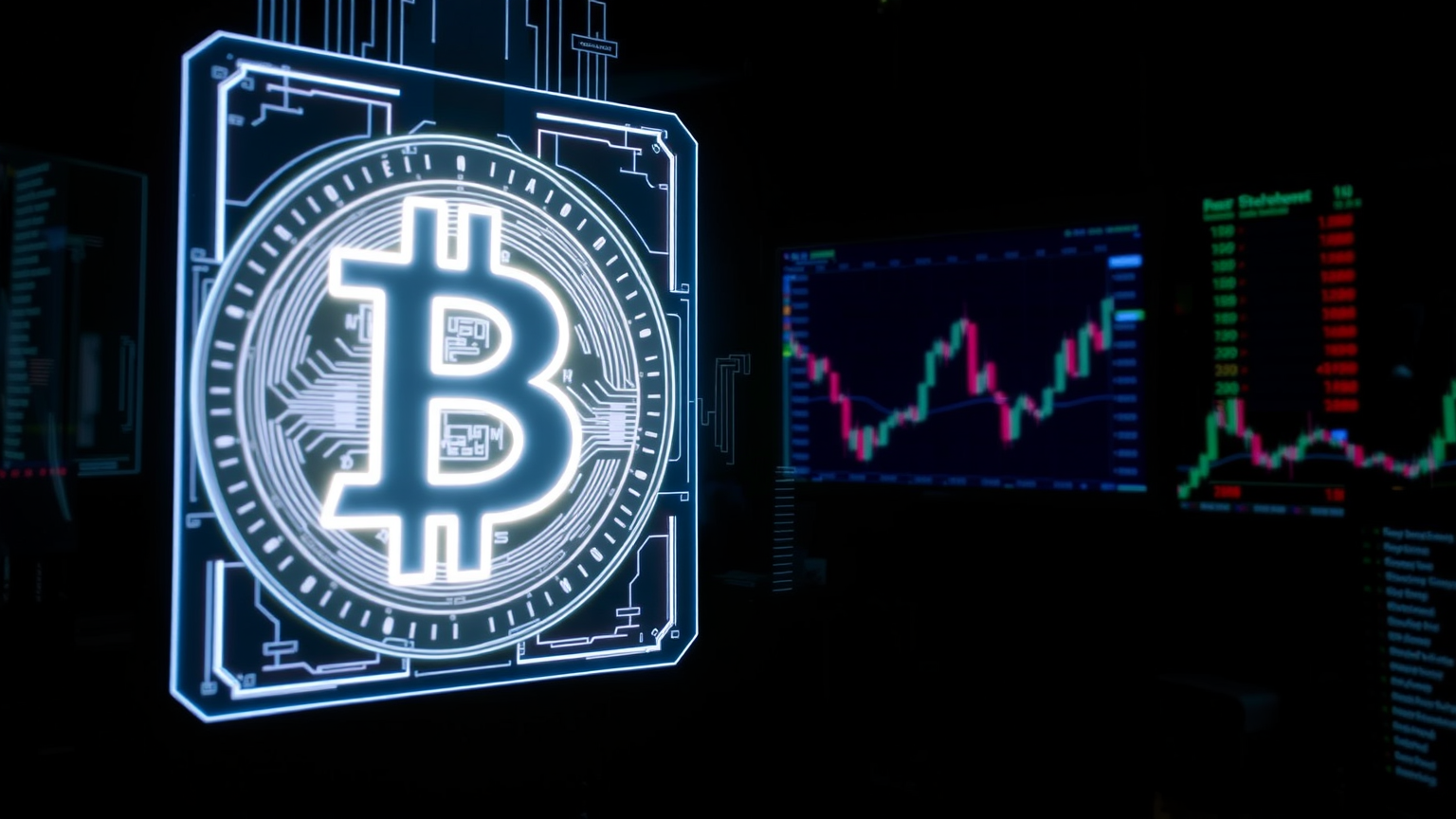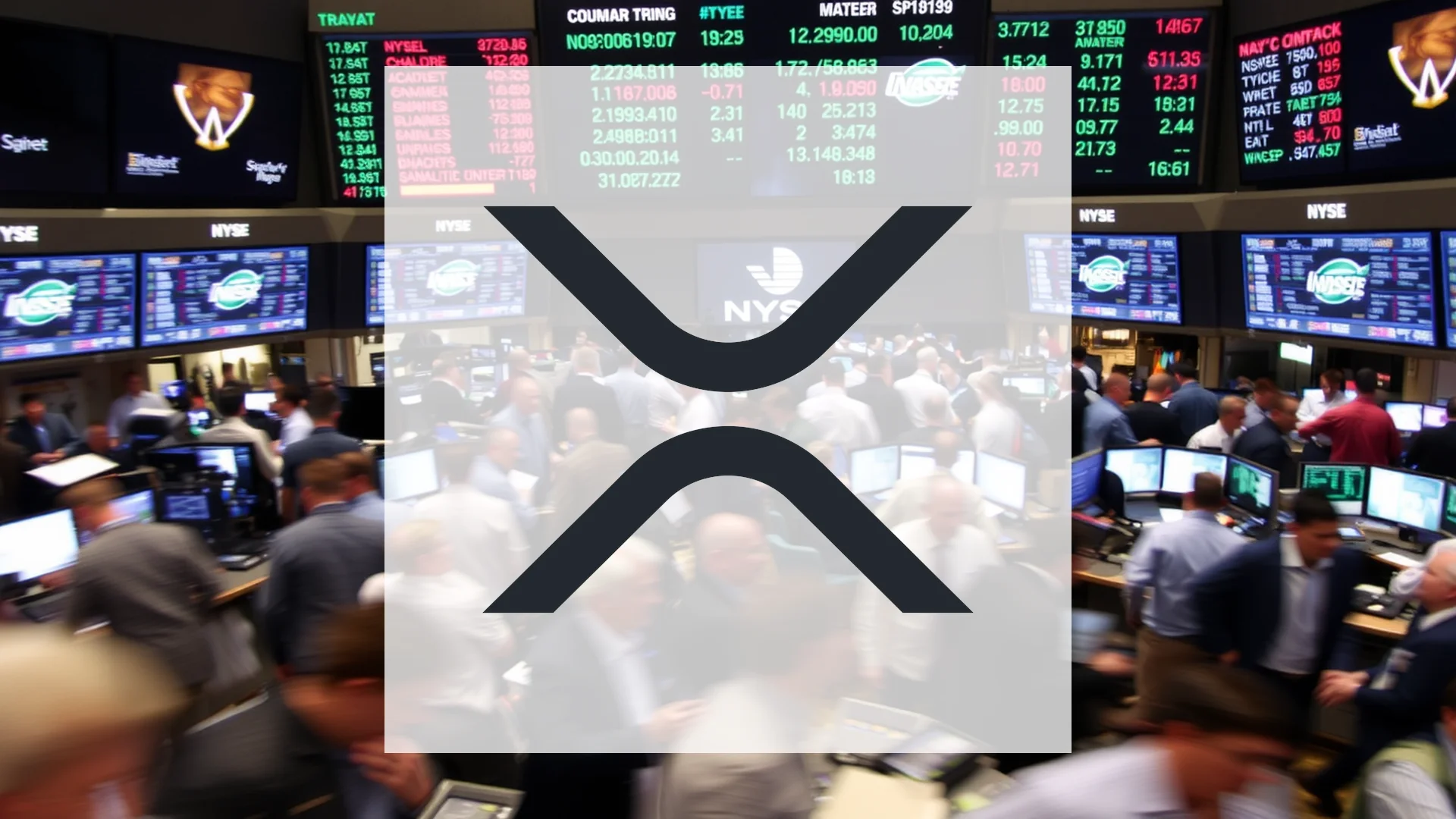As major powers intensify their trade disputes, one company stands to gain significantly from the resulting market shifts: Lynas Rare Earths. The Australian firm, which operates the largest rare earths production facilities outside China, has become a strategic asset in the worldwide technology race. Market observers are now assessing whether the company can translate its geopolitical advantages into sustained financial performance.
Western Nations Seek Alternatives to Chinese Dominance
For decades, China has maintained overwhelming control over both the mining and processing of rare earth elements, commanding nearly 90% of global production. This concentration has prompted Western nations and their allies to actively diversify their supply chains. Lynas represents one of the few viable alternatives to Chinese dominance, with integrated operations spanning from its Mount Weld mine in Australia to its processing facility in Malaysia. Recent cooperation between the Malaysian government and South Korea, involving Lynas Malaysia, highlights the growing trend toward international partnerships aimed at reducing single-source dependency.
Japanese Strategy Centers on Lynas Partnership
Japan has implemented a comprehensive plan to decrease its reliance on Chinese rare earth imports, with Lynas occupying a central position in this strategy. Through strategic alliances with trading houses like Sojitz and government entities including the Japan Organization for Metals and Energy Security (JOGMEC), Japan has secured stable supplies of critical materials such as neodymium and dysprosium. These elements are indispensable to Japan’s advanced technology and automotive sectors, cementing Lynas’s status as an essential partner within Asia’s economic landscape.
Should investors sell immediately? Or is it worth buying Lynas?
Investment Firm Backs Lynas Growth Trajectory
Asset manager VanEck has reaffirmed its positive outlook on Lynas, identifying persistent geopolitical risks as primary catalysts for the company’s performance. According to analyst projections, the firm could see revenues return to pre-pandemic levels as early as 2026. Ongoing trade tensions between the United States and China have triggered a surge in demand for rare earths from non-Chinese sources—a trend that directly benefits Lynas’s market position.
The critical question remains whether Lynas can leverage its unique standing in the geopolitical contest for essential resources to achieve lasting expansion. The company’s “Towards 2030” strategic plan will heavily depend on successful capacity increases at its Kalgoorlie processing plant in Australia and the development of proposed facilities in the United States.
Ad
Lynas Stock: Buy or Sell?! New Lynas Analysis from November 13 delivers the answer:
The latest Lynas figures speak for themselves: Urgent action needed for Lynas investors. Is it worth buying or should you sell? Find out what to do now in the current free analysis from November 13.
Lynas: Buy or sell? Read more here...












